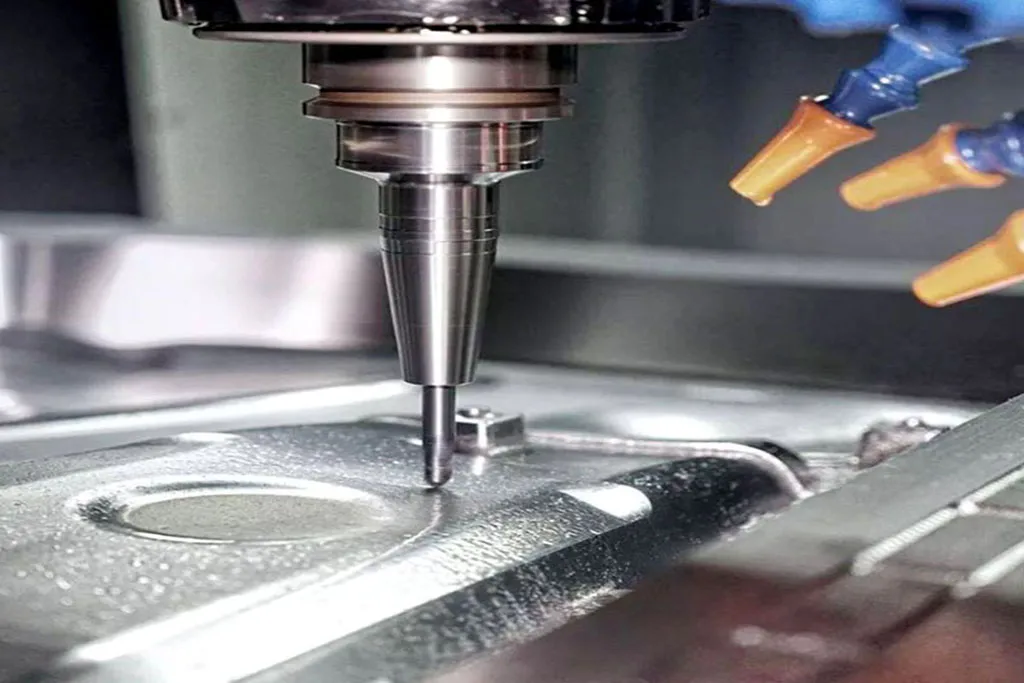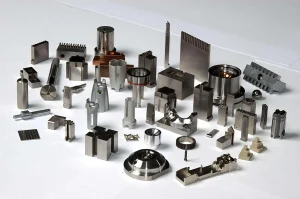In today’s rapidly changing technology,3D printing and mold casting are two important molding technologies, each plays an irreplaceable role in the manufacturing industry.Although they are both methods of shaping objects,But the inner principle,The scope of application and advantages are quite different.

3D printing, as a symbol of high technology, accurately transforms digital blueprints into physical objects through the ingenious method of layer-by-layer stacking. In this process, it abandons the traditional dependence on molds and can flexibly construct complex shapes with only a 3D printer and suitable materials. From artworks to mechanical parts, 3D printing can do everything. Not only is the production cycle fast, but it is also highly personalized. But the only drawback is that its cost is relatively expensive, especially when facing large-size or high-precision printing tasks, the cost of consumables and time will rise sharply.
In contrast, mold casting is a long-standing molding process. It makes a mold, injects molten metal or other materials into the mold, and takes it out after cooling and solidification to obtain the finished product of the desired shape. Mold casting is suitable for mass production, with relatively low cost, and can produce large-sized and complex-structured objects. However, the mold making and debugging process is cumbersome, and once the mold is finalized, it is difficult to change the design.
The two processes have their own advantages. 3D printing is known for its flexibility and personalization, while mold casting has more advantages in mass production and cost control. In the actual production process, we can choose the appropriate process according to specific needs. For example, in the aerospace field, 3D printing can create complex and lightweight parts; while in automobile manufacturing, mold casting can efficiently produce a large number of body parts to meet market demand.
3D printing and mold casting, these two processes seem to have completely different processes, but they both play different roles and jointly promote the development of the manufacturing industry. They play their respective advantages in different fields and shape a more exciting future.






